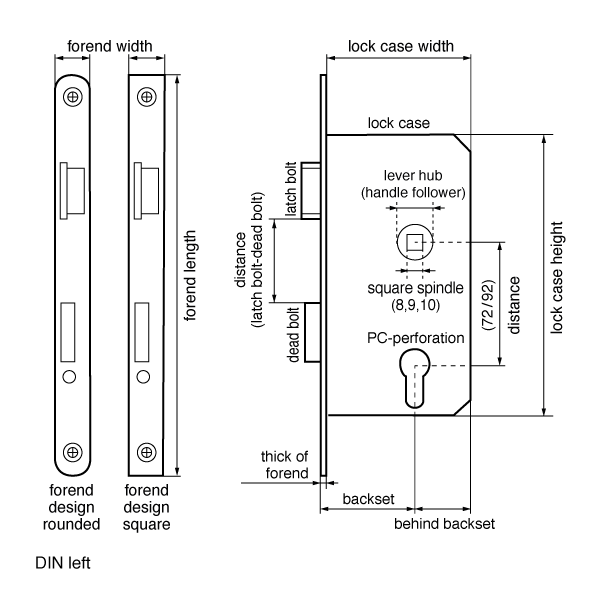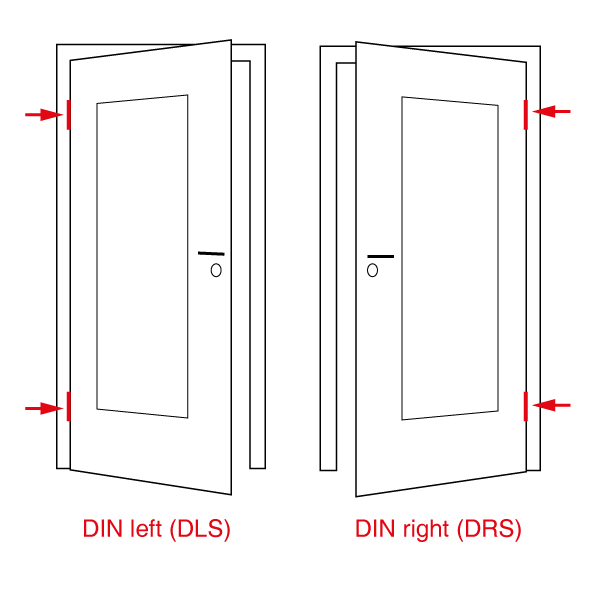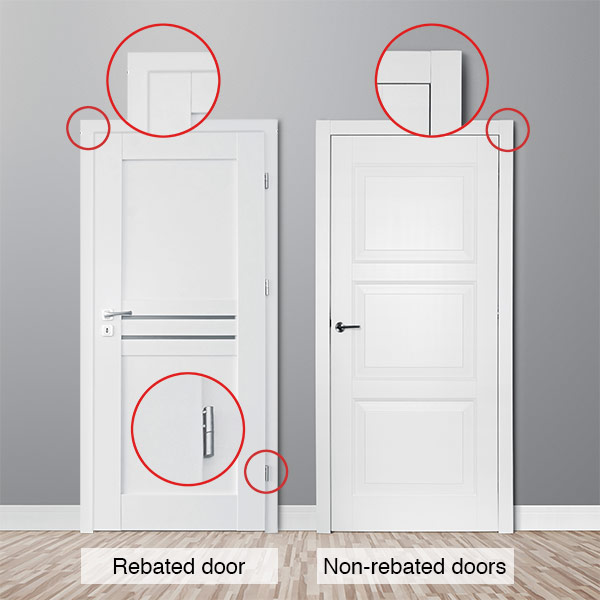SKU
KB.7724X
PZ object mortise lock - forend width 20 mm
Dimensions:
square spindle:
8 mm spring lever hub
forend width:
20 mm
forend length:
235 mm
distance:
72 mm
backset:
65 mm
lock case height:
165 mm
Product features:
- lock case closed and galvanized, with tumbler protection
- with latch bolt lever for alternating function
- forend made of stainless steel
- with nickel plated silent latch bolt
- forend design rounded or square
- 2-turn = 22 mm dead bolt exclusion (nickel-plated)
- door alignment DIN right or DIN left selectable
- classification according to DIN 18251, class 3
Scope of application:
- suitable for rebated doors with 72 mm distance
- prepared for Euro profile cylinder
Write Your Own Review



















